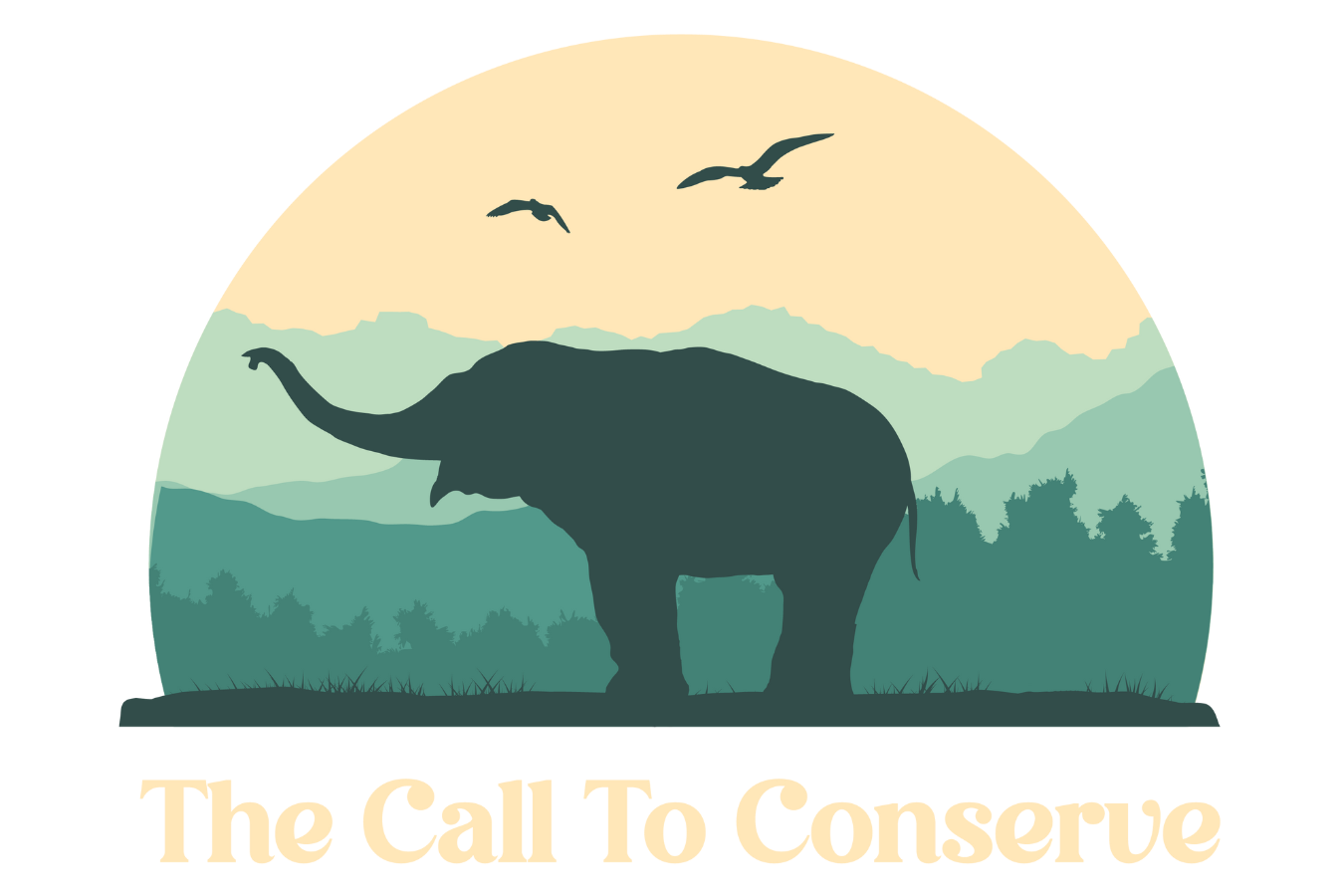The Nature of Nature: Why We Need the Wild
Source: Smithsonian Magazine
For the past few weeks I’ve had to opportunity to read The Nature of Nature: Why We Need the Wild, a new book by Nat Geo explorer-in-residence Enric Sala, just so I could share my thoughts with all of you! Before jumping into the book details, let’s talk about an important topic that was covered in the book to give you an example of what The Nature of Nature is all about.
Keystone Species
There are species in each ecosystem that hold the entire system together— keystone species. While we’ve talked a bit about keystone species here, I cannot stress how important these species are to the health of all living beings and the planet! For example, Sala wrote about the importance of sea otters as a keystone species. When sea otters are taken out of their ecosystems, not only are their predators impacted, but all species that share the ecosystem with them.
With a decrease in sea otters, comes a boom in the sea urchin population, they then eat away all of the kelp that supports other species, destroying a once inhabitable ecosystem. The amazing part of this timeline is that all of this occurred due to humans over hunting whales, forcing orcas to switch their primary food source from large whales, to smaller animals like sea otters.
Another example of the importance of keystone species.
Source: BioNinja
The point here is that, everything is connected in one way or another. The best way to sum this story up is with the words of John Muir…
When one tugs at a single thing in nature, he finds it attached to the rest of the world.
With every species we hunt or displace, there are long term ramifications. Every move we make changes the way our world functions and alters the species that are able to survive.
What makes humans different?
What’s curious though is that this does not seem to be the case with humans, so maybe it’s that we aren’t keystone species and perhaps are not as important as we thought we were? Well, yes. But that wasn’t ultimately what I was getting at. What makes us different is that we’ve created our own ecosystems and energy.
Rather than relying on what’s available to us, we are taking more than our share. In fact, as of August 22nd, we’ve officially used all of our allocated resources for the year. We’ve sucked the earth dry of a year of oil, crops, water, forests… in only 235 days.
Rather than working in symbiosis with the earth, we are using energy from the past in the form of fossil fuels to make up for our over consumption in the present. By throwing off the balance the earth has created, we are changes it each and every day. Through pollution, over fishing, land destruction… not only are we not keystone species, we are the villains in our own story.
The nature of nature
While I was reading through The Nature of Nature, I kept thinking about what I wanted to talk about in this post. Every few pages I found myself taking a photo of a page to remember something that Sala wrote since the book is so jam packed with interesting information! For anyone who is interested in the environment, wildlife, and conserving the planet, this book is for you.
First of all, Enric Sala is such an impressive and accomplished person! Reading about the research he has done, the trips he has taken, and getting a chance to see the world through his perspective is unmatched. It is so clear how passionate he is about marine biology and global conservation, this passion shines through into how lovingly he writes about the earth.
And while he remains so positive throughout the book, he also remains truthful about the hardships our earth and animals are facing. Because much of the book is explaining research that has been done, it can at times be a bit technical; but trust me when I say, with so many topics covered, it’s impossible not to learn something while reading this book. For those who are not familiar with many of the conservation topics, Sala does do a bit of background and introduction in the first few chapters to help get you up to speed on what he’s talking about and why.
One of the things I loved the most about this book was the fact that Sala made each and every concept applicable to human life. This is something I talk a lot about here on the blog because I truly believe that in order to make more people care about conserving the planet, it needs to be in their best interest. There needs to be a benefit and Sala touched on that so well by explaining how each concept comes back to a better economy, more food security, etc. By making each concept relatable, it gives readers another reason to care, and puts things into terms that all people can resonate with!
This book so beautifully tells stories about how incredibly balanced the earth can and should be. I hope whoever picks up this book feels inspired and better educated about the beauty and hardships of our planet, I know I do.
🐘 We're proud to partner with SafetyWing to provide travel insurance for ethical travelers.
When you use our affiliate link, you’re directly supporting our nonprofit’s work in wildlife welfare and ethical tourism.
Learn More & Get Covered


